First up is Guy with his contraption for automatic sampling of ammonia over the course of a programmable time frame. This thing worked flawlessly in what can be called less than ideal conditions.
And, well, that is going to have to be all for now. I will finish blogging this trip after I return home as while it has been difficult at times to do so from here, after tonight it is impossible to add more. But we have been to some pretty interesting places, and still have two days to go, so look for a continuation of posts in a couple days to catch up on the final bits from the trip.
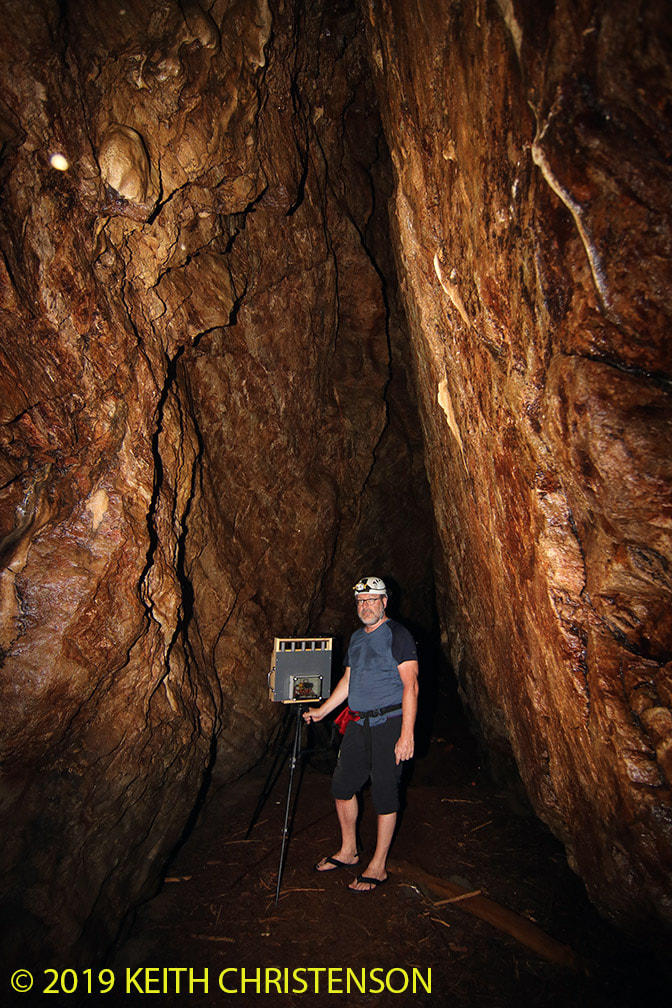
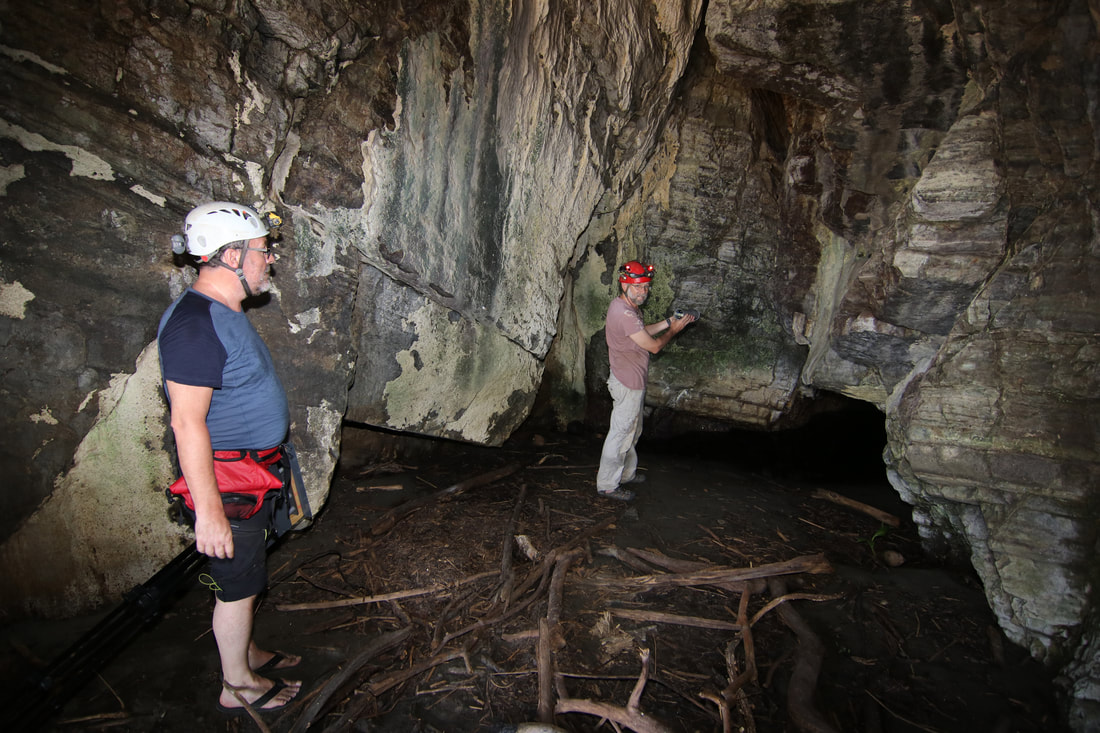
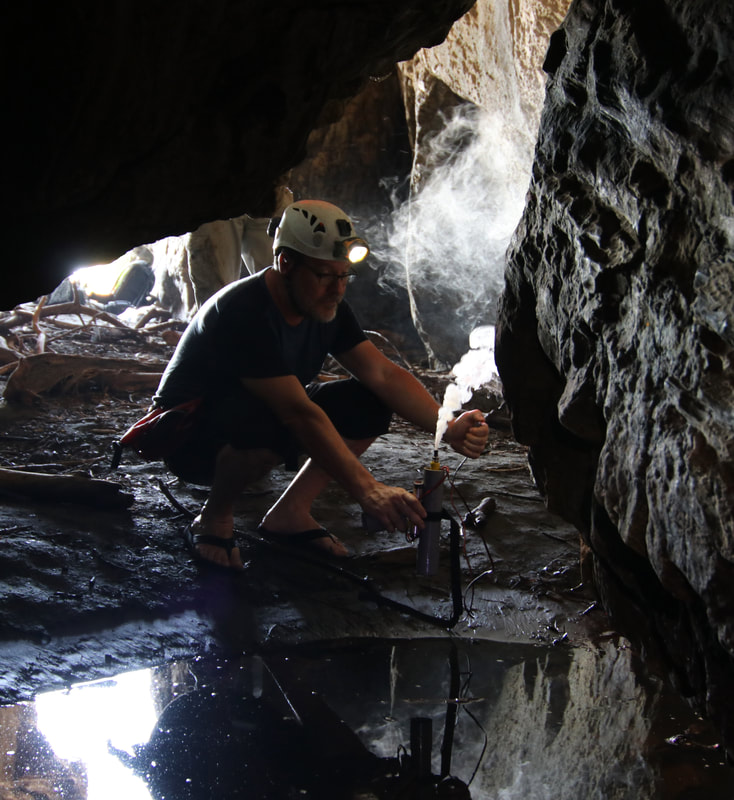
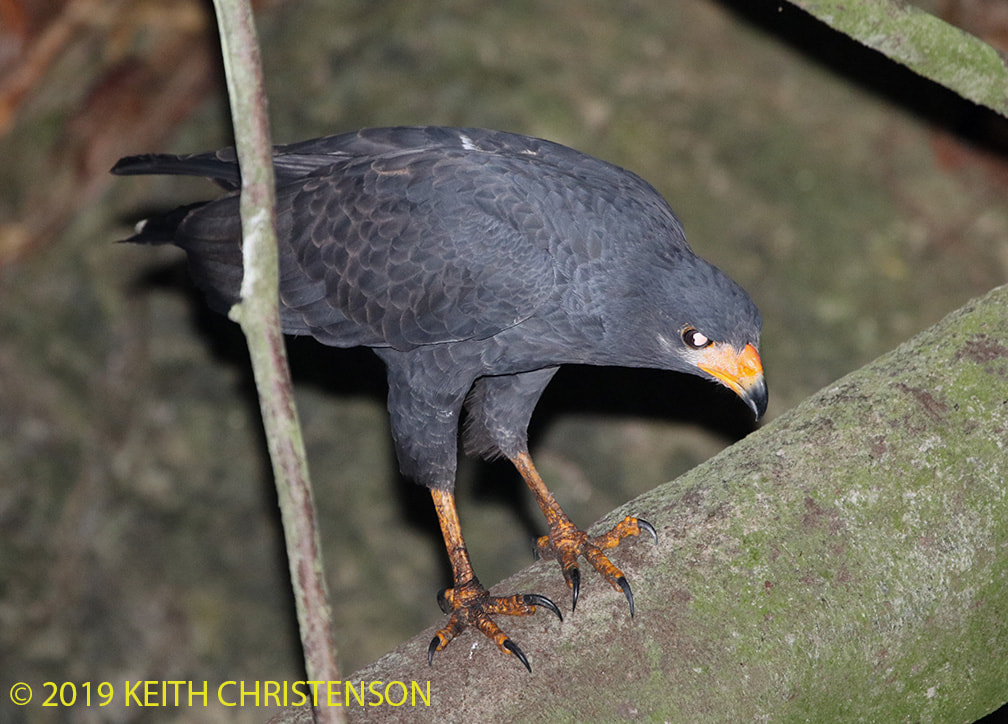
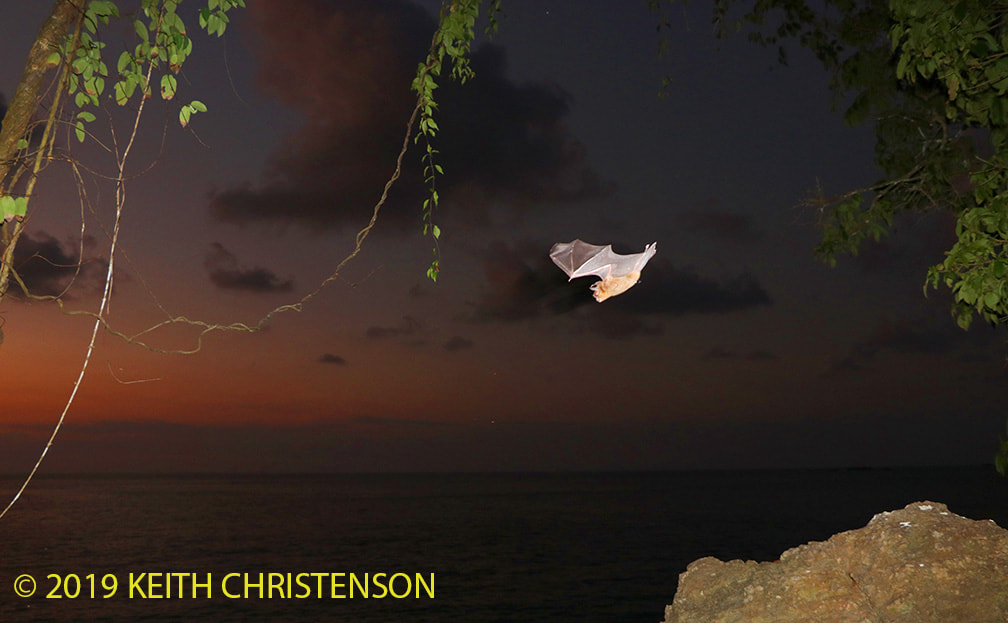
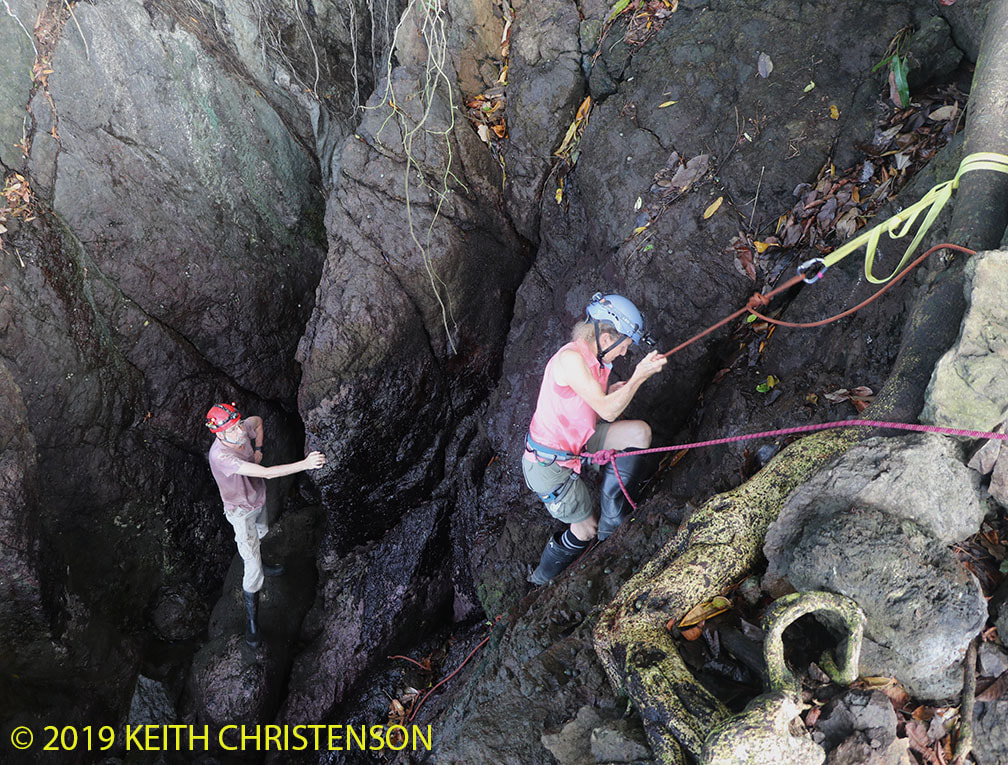

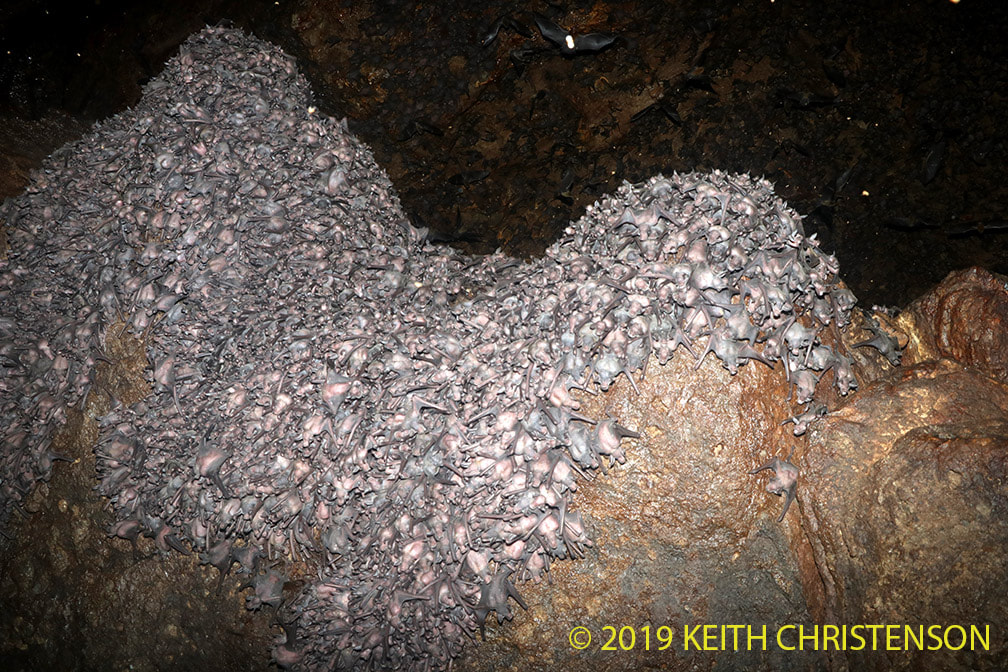
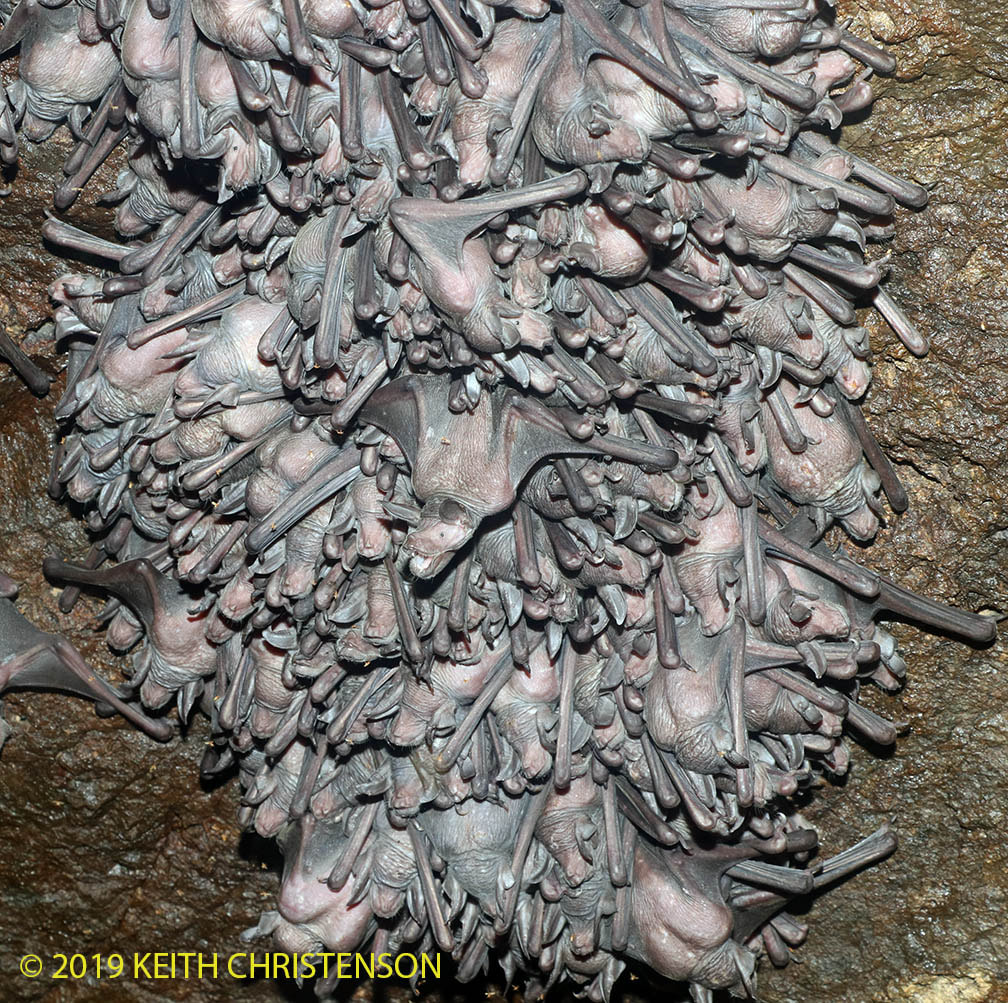
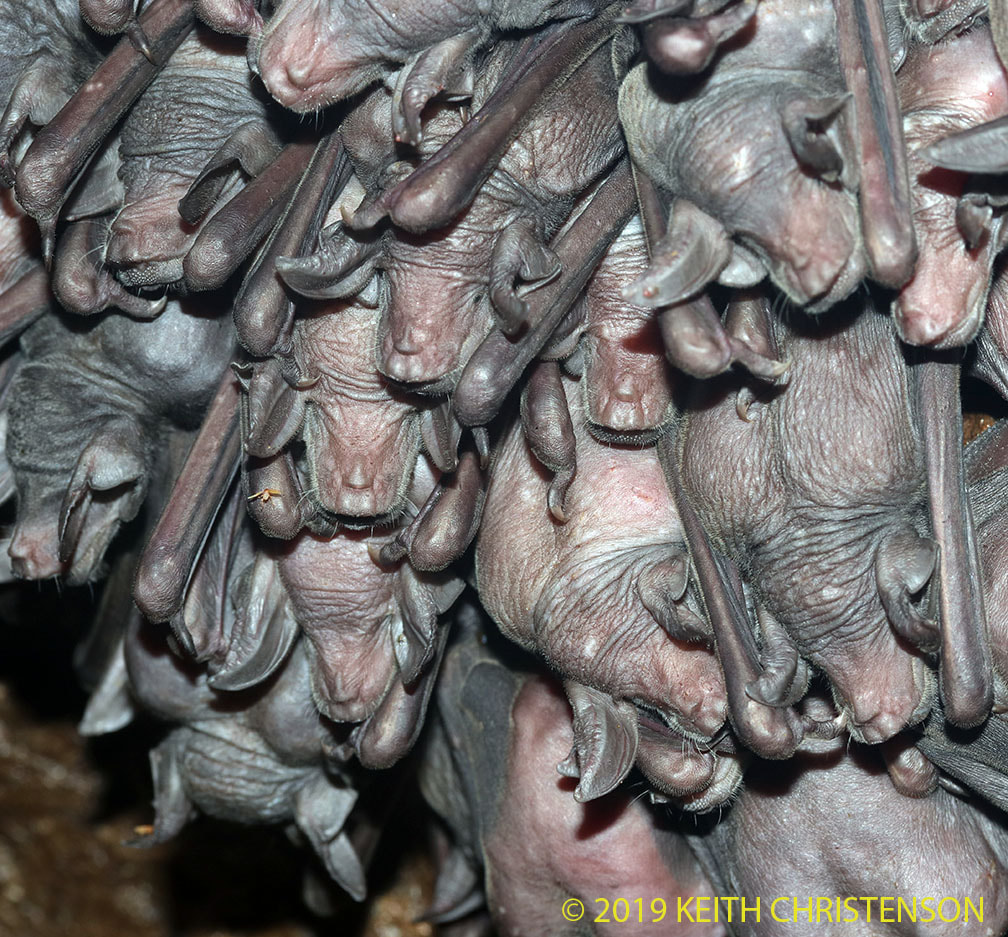
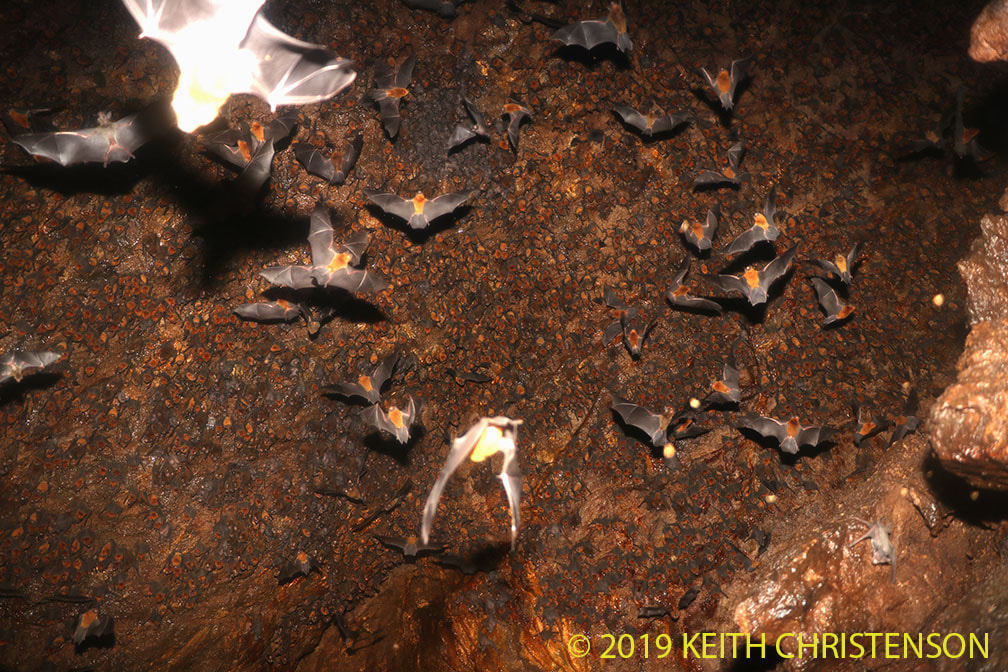
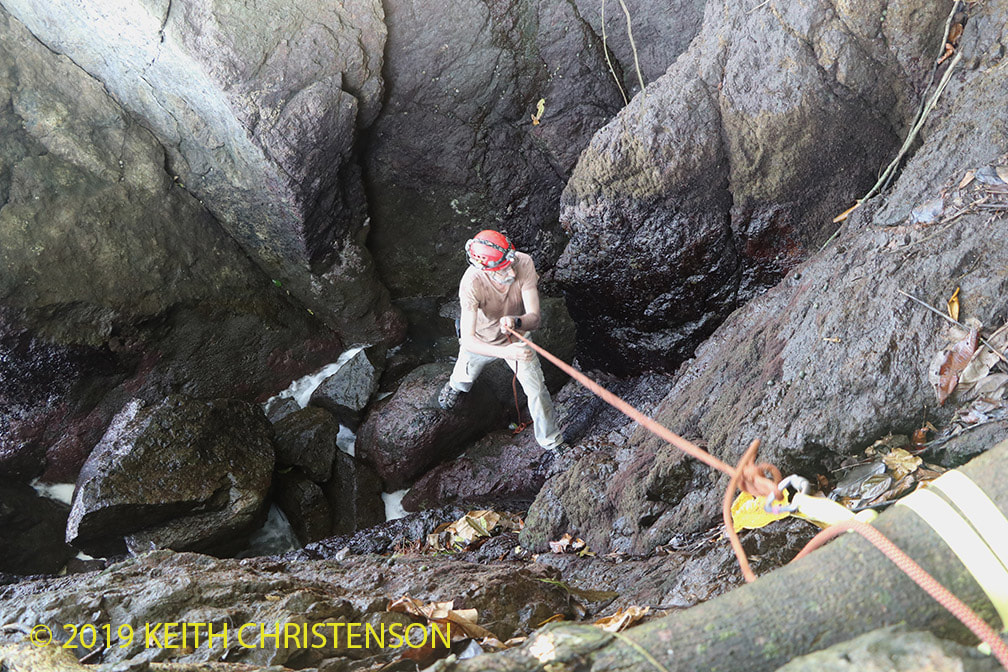
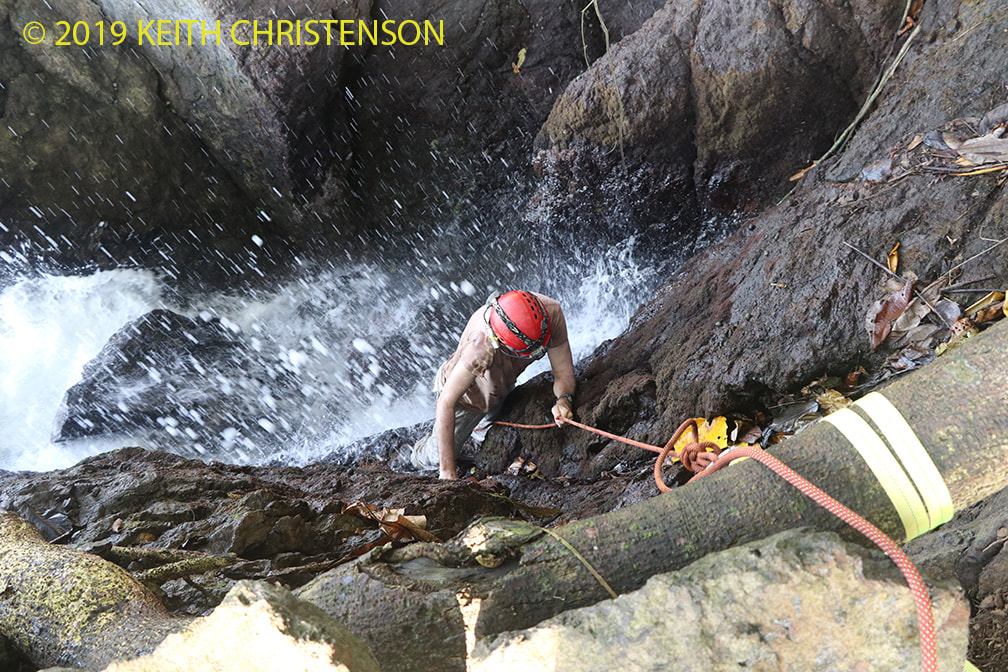
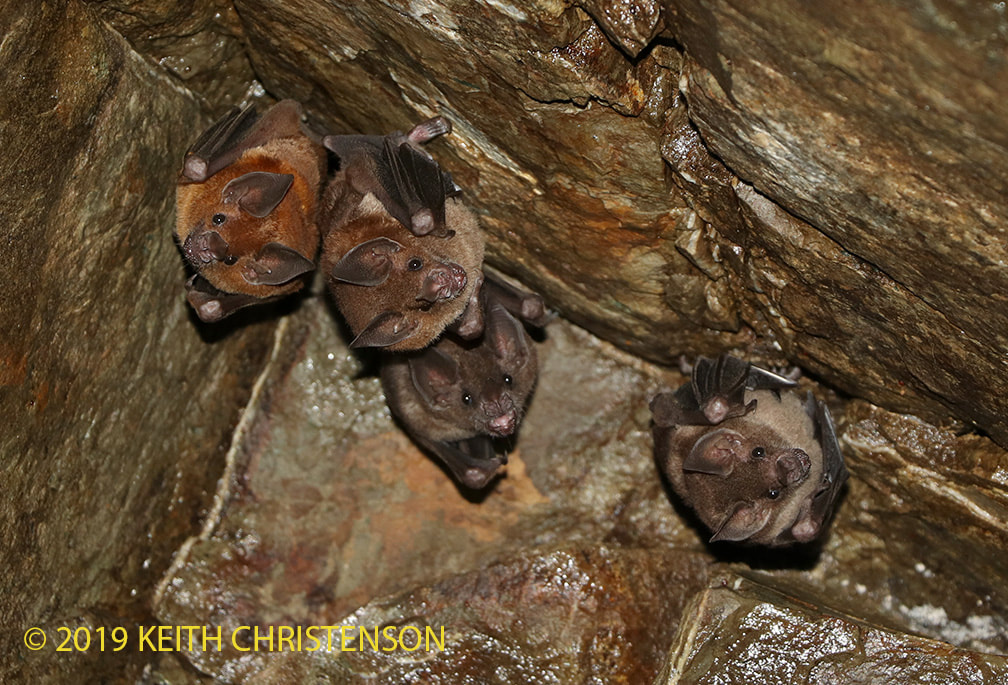
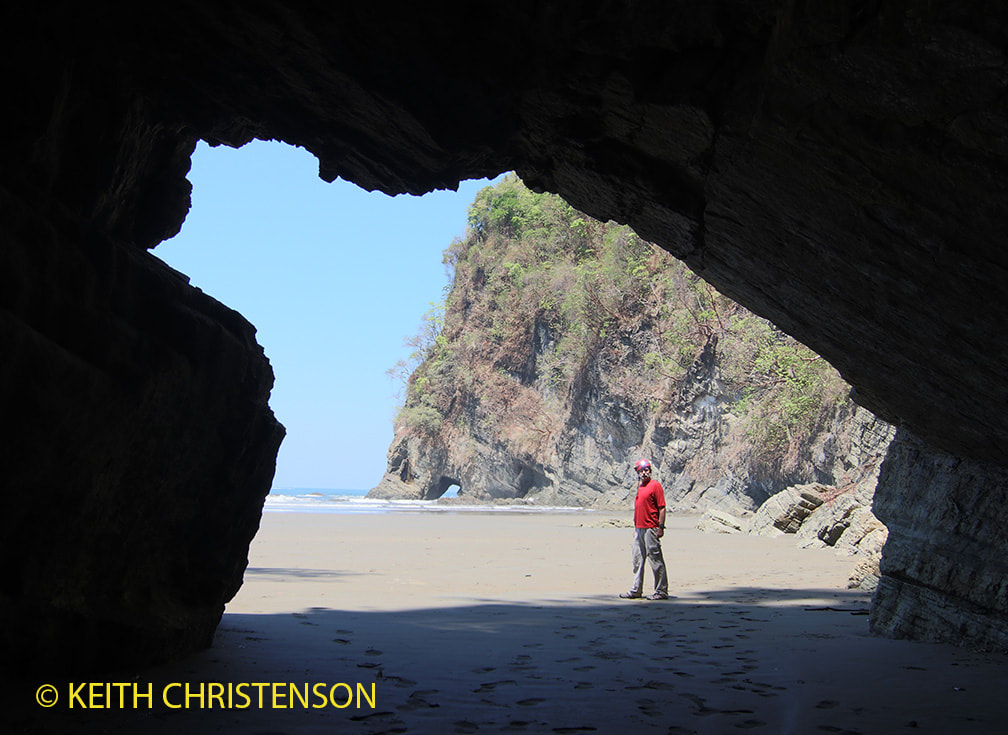
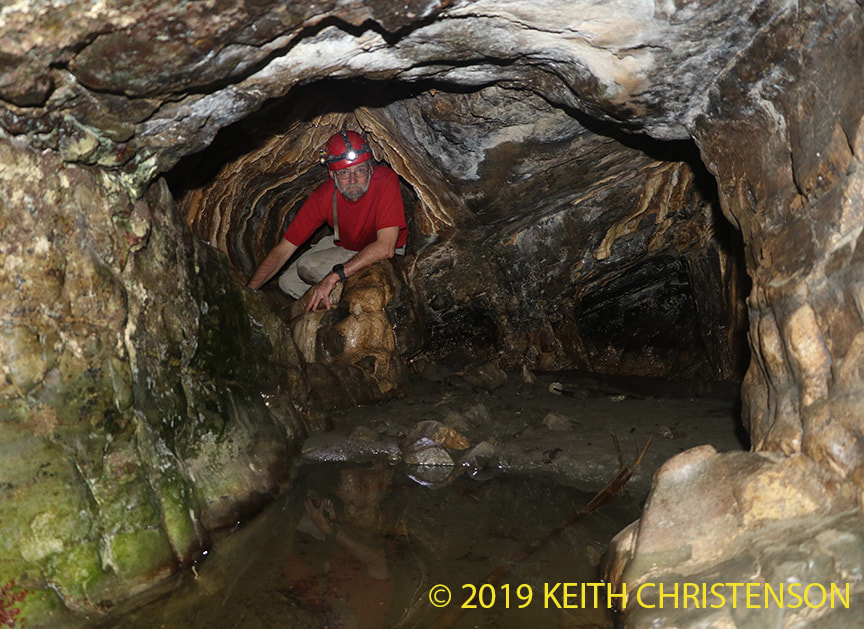
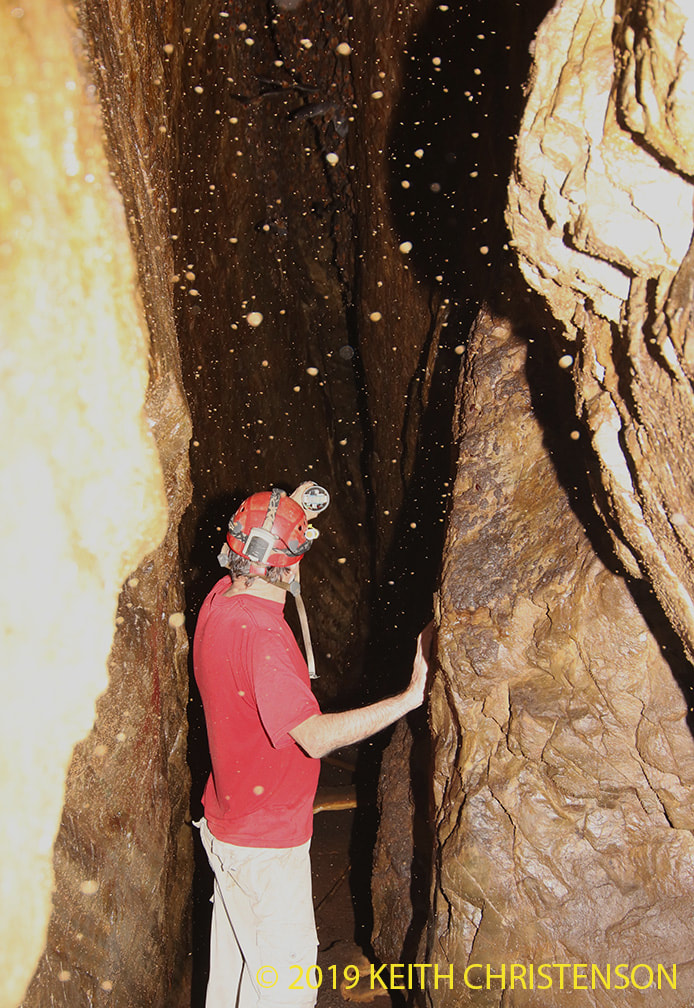
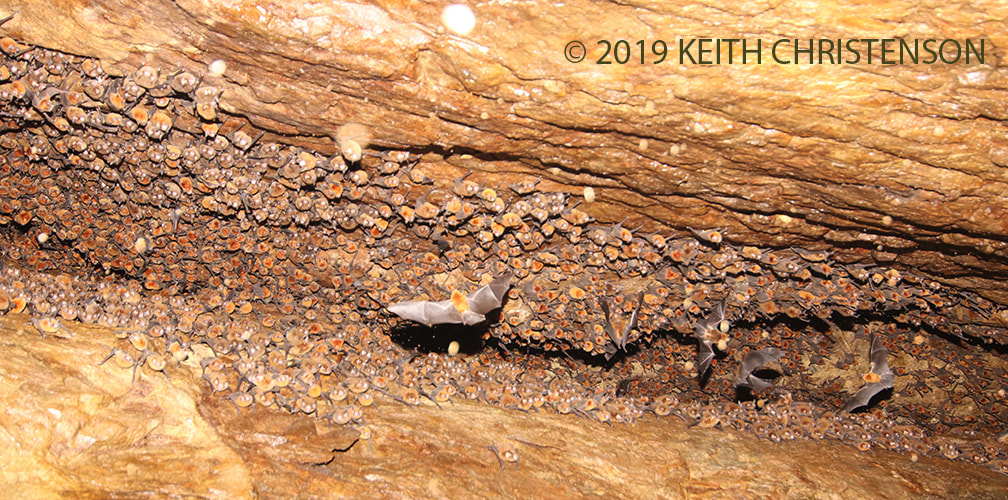
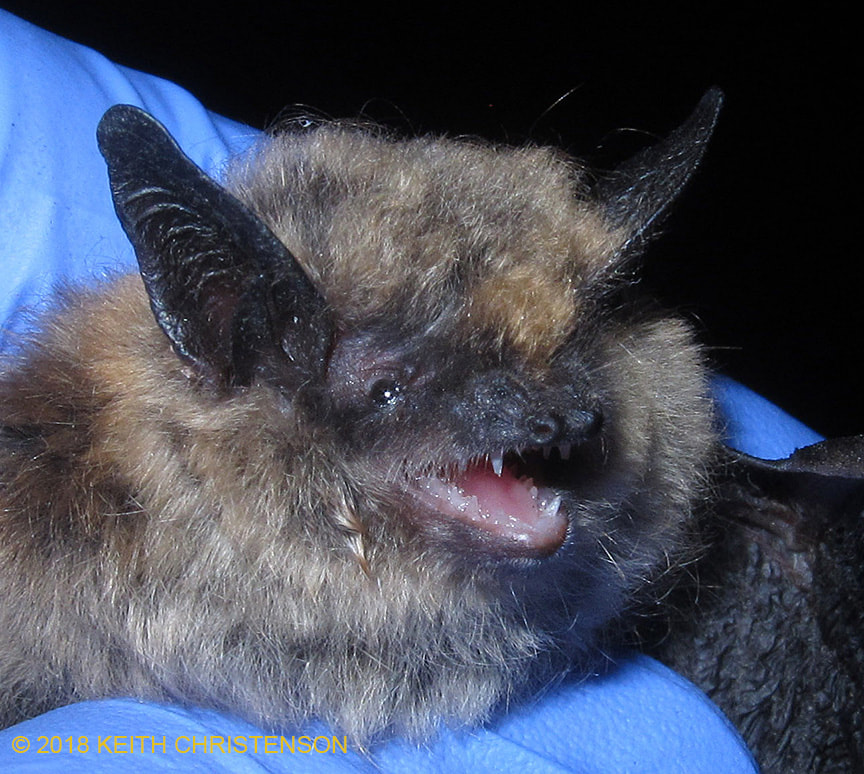

 RSS Feed
RSS Feed